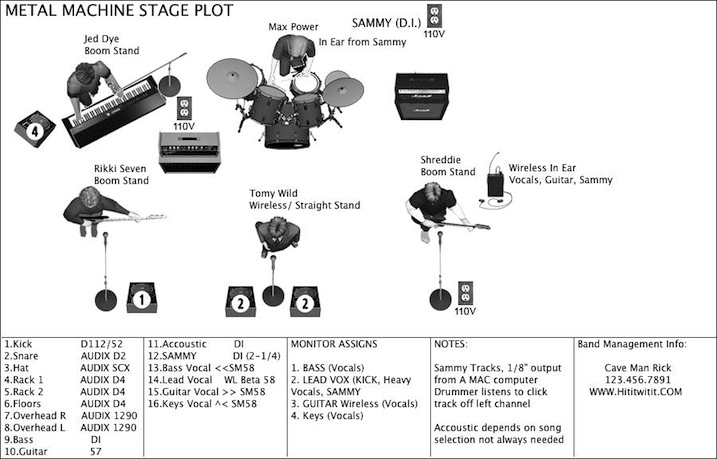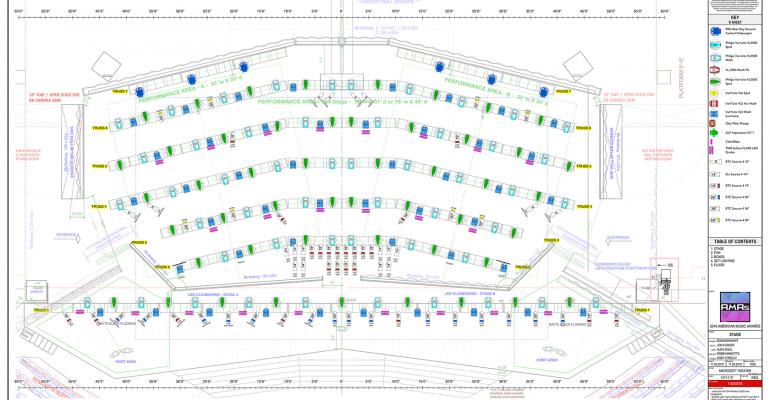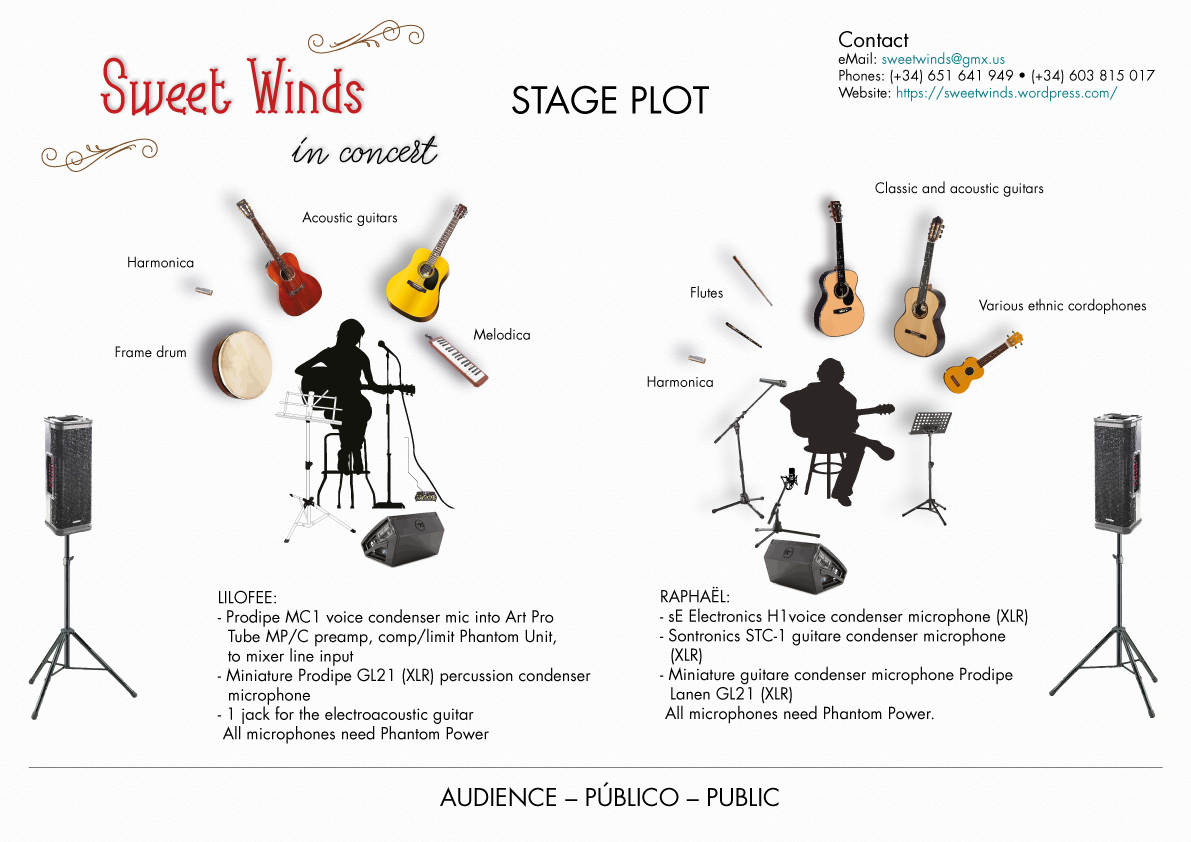

Additionally, actual photographs of your stage layout are useful and provide a true visual for those setting things up before your arrival.

To be even more specific, I’ve seen people label their plots with measurements of how things should be laid out. Need an extra long XLR? What kind of mic stand do you want? Boom? Straight? Include all of that information either on the stage plot or input list. Is your singer on wireless? Make it known. This means more time for your sound check or line check. Telling the engineer how you want a mic placed (on axis, off axis, distance, etc.) helps them work more efficiently and quickly.

What do you need to include when creating a stage plot? The stage plot is a visual representation of how gear is organized on stage. How did it get to be this way? How did they know to put it like this? Allow me to introduce you to the Stage Plot and Input List. Walking onto stage, it was as if an ethereal force had descended and backline, monitors, and mics were all placed exactly where they needed to be. The picture that I am trying to paint is that there are a lot of things that happen before your set, and when you arrive so close to set time, things you have done in advance become even more important. Artist check in, meeting up with the festival liaison, getting your bearings, settling into the dressing room, checking in with production, checking in with backline, loading or crossloading gear to stage, building gear, grabbing a bite to eat, potential press, using the bathroom, etc. There is a certain due process to arriving on site at a festival. With traffic from Oakland into San Francisco, we ended up arriving on site 29 minutes prior to stage time. It was one of those moments on the road where things are out of your control, and travel is either going to work out, or it isn’t, so it’s best to simply relax. With pre-arranged ground transportation botched, the festival hustled and sent us a runner van to get us on site. We had a fly date into a festival in San Francisco, with a tight window of arrival. Our window became even tighter when our flight out of LAX was cancelled, and we were bumped to a later flight, now arriving across the bay in Oakland. Let me offer a recent, real life example of why sending an up to date stage plot and input list when advancing is critically important.


 0 kommentar(er)
0 kommentar(er)
